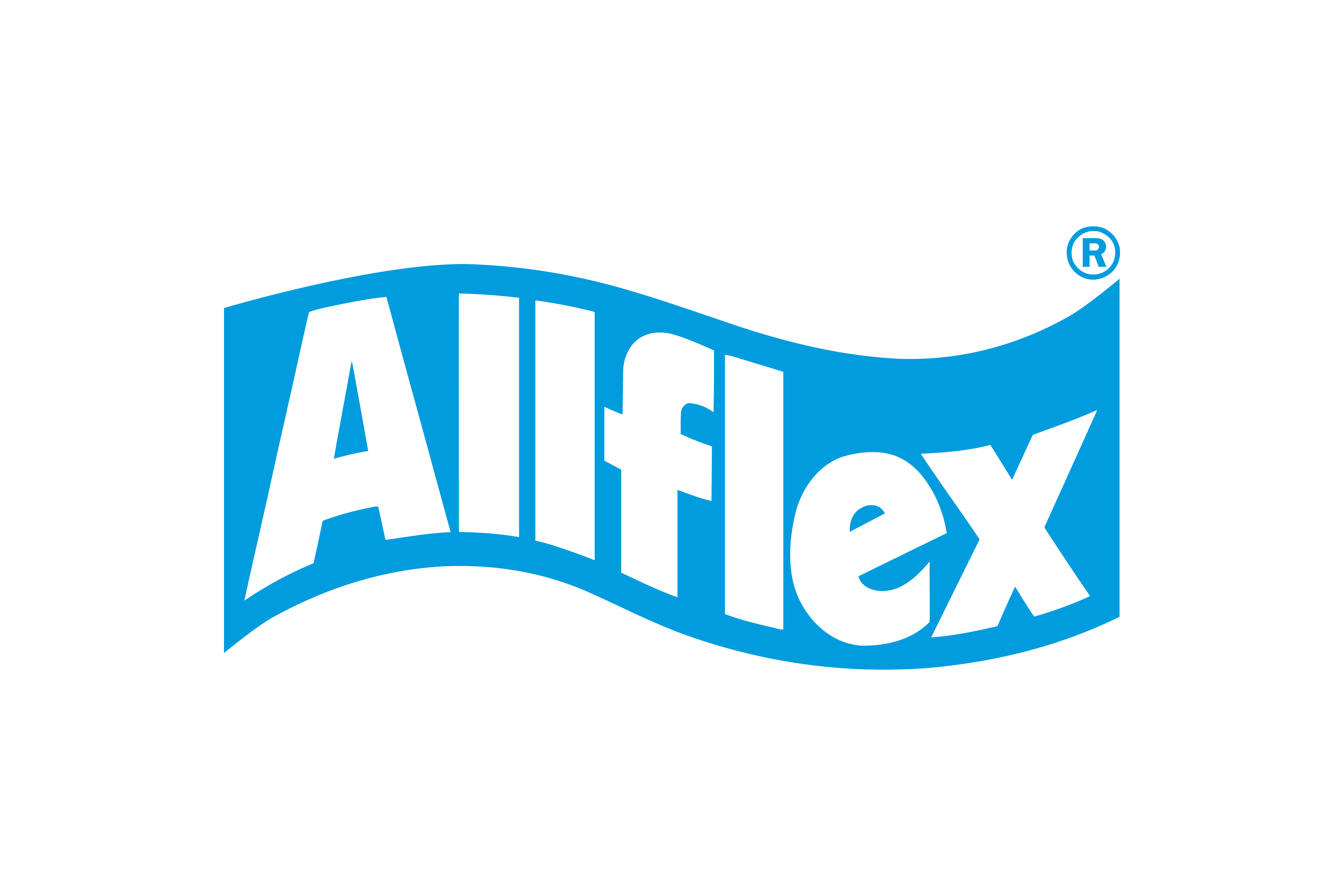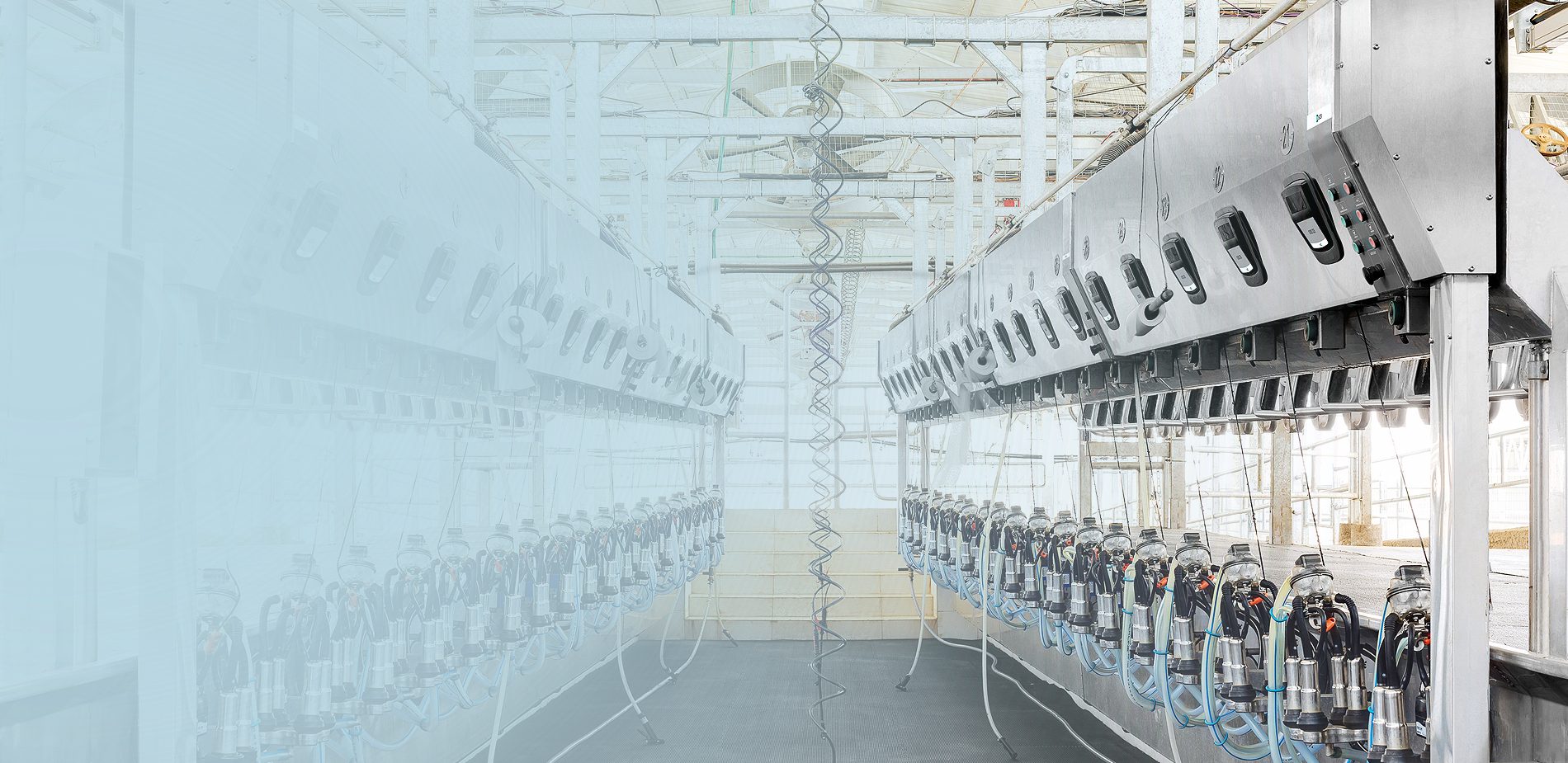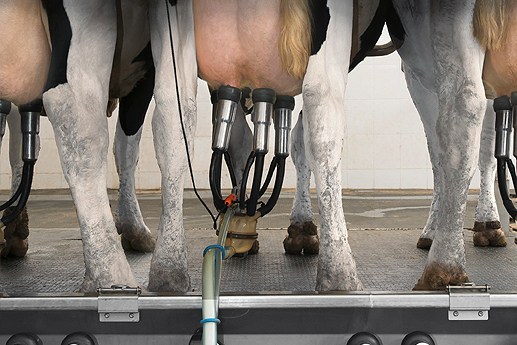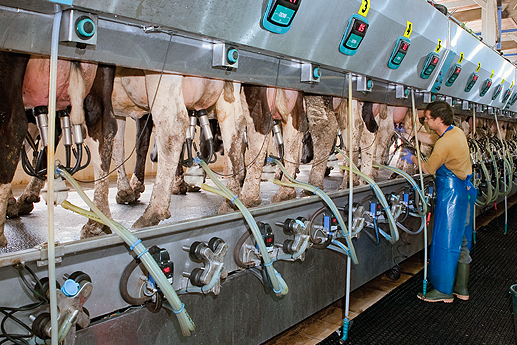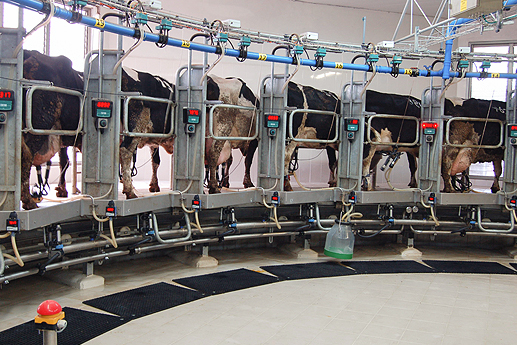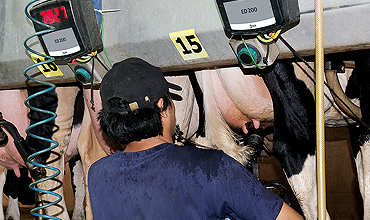Accurate milk data collection can improve culling decisions, cow health, yield, and even worker efficiency
As technology evolves and farmers move towards more automation, you may have noticed the word data comes up more and more frequently. Numbers and statistics can be a huge help to farmers looking to keep their cows healthy, and productivity on target. There are several ways in which data can be collected towards these goals. One of them is through milking solutions that provide milk data.
Sure, you can take the bulk tank volume, divide it by the number of cows to ascertain the average milk production per cow, and call it a day. That will give you an overall view of milk production per cow, but it won’t tell you anything about which cows are producing best (or not). Nor will it help much in decision-making. For that, you need individualized per-cow data—which requires an identification system, to assign milk to the cow that produced it. Plus, you need that data to be accurate.
How to collect milk data?
One way to garner milk data has traditionally been through the fill and dump technique. This type of system, however, has its flaws – mainly that the chamber needs to be full in order to dump and get data, significantly limiting its accuracy. Additionally, accuracy typically deteriorates over time, due to maintenance requirements. Another option is a system with a free-flow tube meter with RF sensors that measure milk as it passes through. This indeed improves the real-time nature of the data. However, it once again has limitations in terms of precision, reaching accuracy levels of +/- 10%.
More precise results can be achieved with a free-flowing milk measurement device that uses near-infrared (NIR) technology. Rather than the intermittent measurement of a fill and dump mechanism, the milk is continuously measured as it flows through the system. This significantly improves the accuracy of the data – while also improving take-off time and preventing over-milking – as is proven by Allflex’s FreeFlow system, which provides unmatched milk data accuracy to within 3%.
There are many benefits to milking solutions that can provide this kind of data accuracy:
1. Allows you to follow the cow curve vs. the predicted yield
Since milk production is a dairy’s main revenue driver, it should be the first criteria to evaluate an individual cow’s future in the herd, based on an established break-even daily milk yield. But more than that, you need to be able to see the difference between predicted yield versus each cow’s actual performance. In a strong milking solution, this data is mapped out in a graph, providing a visible indicator that allows you to judge if an individual cow is contributing as expected. By looking at the graphs in different levels of granularity – for example per shift, per week, or per cow lactation – you can get a really clear picture of different performance parameters and identify trends.
With accurate milk data you can easily view vital statistics, such as actual yield vs. predicted yield, for an individual cow or group, and make informed decisions around culling, breeding, and more
2. Helps you make better decisions for culling or breeding
Continuing on our previous point, if you see a cow is producing below the predicted yield or outside of her group performance, you can now make better-informed decisions about her future in your herd. You may for example decide she is not an animal you want to keep in your herd, and choose to sell her off. Or, for high yield cows, you may instead choose to delay her breeding because she hasn’t yet reached her peak production. Similarly, you may see she hasn’t reached peak lactation due to her breeding stage.

Graphing of the entire herd – each color represents a different stage in individual cow’s lactation
3. Improves milking sessions and milk quality
Accurate milk data also helps in managing the actual milking process. For example, accurate milk data enables automated systems for cluster take-off, preventing over-milking.
Furthermore, it supports automated flow rate pulsation to improve milking time, milk yield, and good cow health (particularly in terms of the udder). Similarly, accurate data can automatically trigger the system when stimulation is required to help get the milk flowing, and stops the stimulation accordingly – also instrumental in quality milk production.

Milk flow can be compared on average, per shift, and in real-time for improved milking sessions
4. Indicates disease or feeding mistakes
Once you have accurate data per cow, you can also look at various aspects of milk production at the group or herd level. For example, in some cases, a drop in milk production per group can indicate other problems, such as overcrowded groups which can cause stress. Similarly, changes in milk data may indicate feeding problems.
5. Helps prevent illness
With good milk data, you can better manage the dry-off when a cow still has a lot of milk. This reduces the risk of mastitis when a yield decrease is indicated.
6. Saves on labor costs and improves efficiency
Milk data can also be a strong labor-assessment resource, demonstrating if the team in the milking shift is working effectively or getting tired over time. For example, if you note a consistent drop in yield after a certain shift length you may opt for shorter shifts, of say seven hours instead of eight – depending on your particular graph.
The bottom line: Better milk data requires the right milking solutions
Accurate milk data is a valuable tool for achieving improved health, wellbeing, and productivity for cows. But it doesn’t operate in a bubble. To get the best data with actionable information for a more manageable farm, you need a complete ecosystem. This means an automatic milk measurement system, individual ID assignment to each cow, and an automated stimulation and pulsation system working together, for a full solution and the best milking results.
